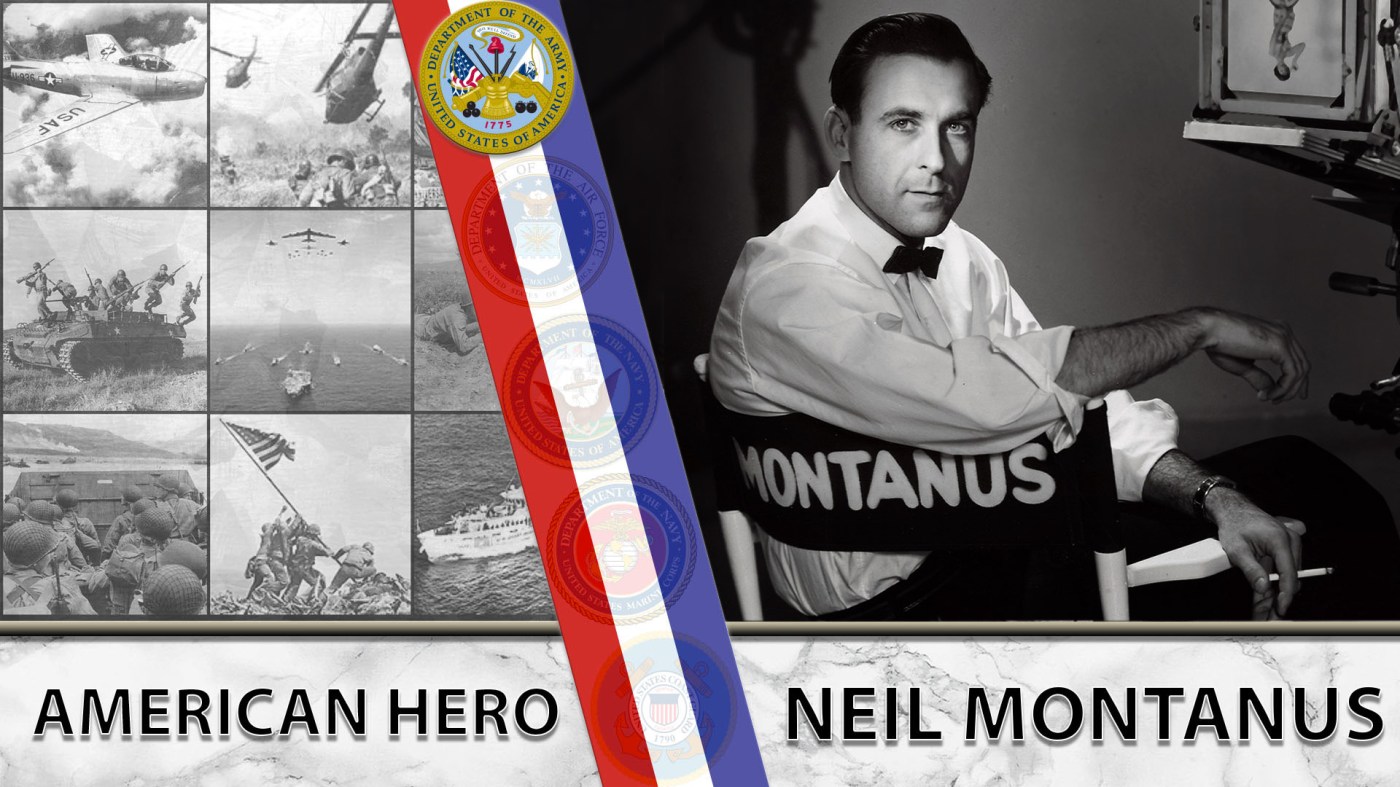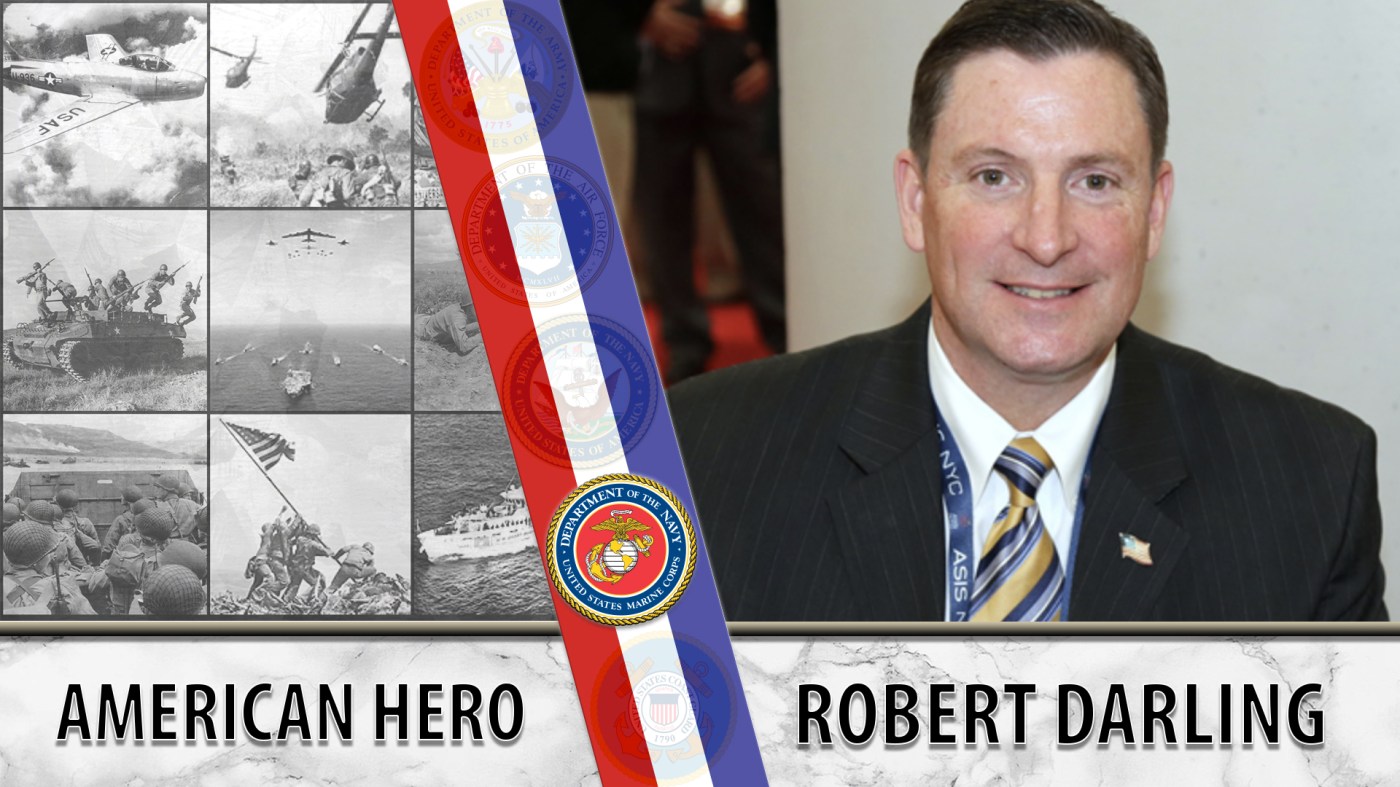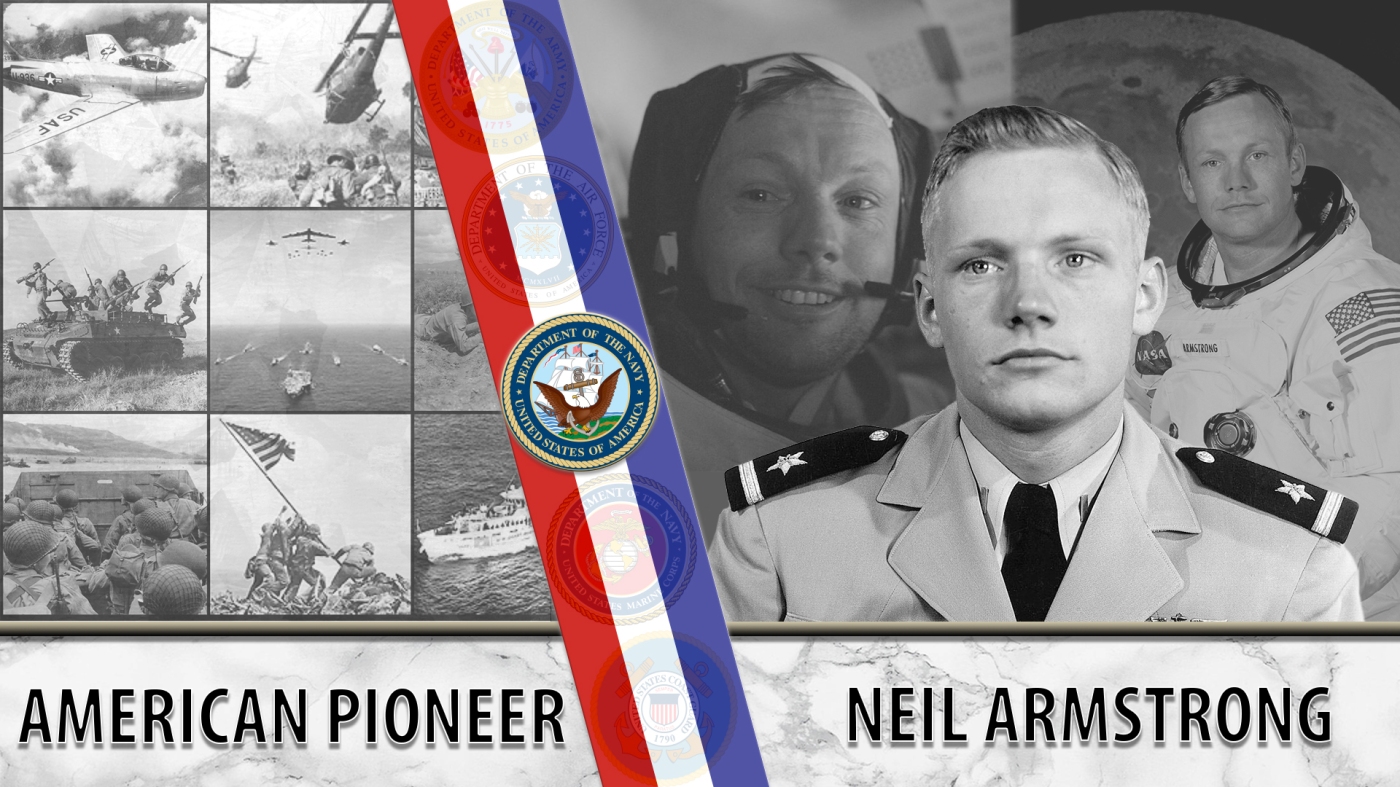
Few photographers were as inventive or celebrated as Neil C. Montanus, the most prolific of mid-century Kodak’s Colorama photographers.
The studio and landscape photography of the 19th century brought Americans closer to the people and places it’d only dreamt or read about.
The earliest Yellowstone photos convinced Congress to preserve that historical land, eventually leading to the creation of the National Park Service. Gory photos from the Civil War brought home the cost of war to a weary and divided nation. 3D-like portraits of President Abraham Lincoln showed rural America with startling realism a man from whom they’d only seen drawings and read descriptions.
But where the earliest photographers perfected photographic science—and of capturing and preserving the people and places they encountered—its 20th century practitioners elevated it to an art form.
Few photographers were as inventive or celebrated as Neil C. Montanus, the most prolific of mid-century Kodak’s Colorama photographers.

“The Christmas set was built in the Kodak Studios and Neil utilized local Rochester modeling talent. The biggest problem was how to make frost on the windows. Kodak scientists recommended a combination of urea and alcohol. It worked!” Photo and caption via www.montanusphotography.com
Army and Kodak photographer
Neil Montanus was born in Chicago, Ill., in March 1927, the oldest of seven siblings. As a young boy, he won a Chicago Tribune photo contest, and later worked jobs to afford film and chemicals.
At 18, Montanus enlisted in the Army to serve in the war, though he never left the US. He again signed up during the Korean War, to the same effect. In between, Montanus used the G.I. Bill to study photography at the Rochester Institute of Technology. In 1954, he hooked on with Kodak, where he would stay for the next 35 years.
Kodak’s Colorama photo project spanned 40 years and 565 towering photos: each panorama was 18’x60’ large, and hung on display from the east balcony at New York’s Grand Central terminal. Changed out every three weeks, the colorful and backlit transparencies displayed post-war, aspirational life, promoting photography as “an essential leisure activity.”
“Once forgotten and now considered a key piece of Americana and photographic history,” Montanus earned the nickname, “Mr. Kodak,” having shot 55 Coloramas, more than any other photographer. His Coloramas brought us closer to the world’s most exotic landscapes and idealized America’s warmest traditions. His work captured our imaginations and dared us to explore–with a camera, of course.
Neil Montanus died in September 2019. He was 92.
We honor his service and celebrate his legacy.
Topics in this story
More Stories
Bernie Webber led one of the greatest Coast Guard rescues in history that was later chronicled in the book and movie, “The Finest Hours.”
As the events of 9/11 unfolded, Marine Veteran Robert Darling served as a liaison between the Pentagon and Vice President Dick Cheney in the underground bunker at the White House.
NASA astronaut Neil Armstrong was the first person to walk on the moon. He was also a seasoned Naval aviator.






